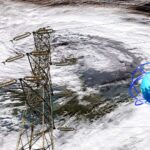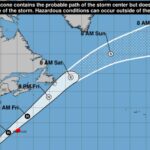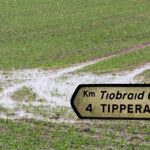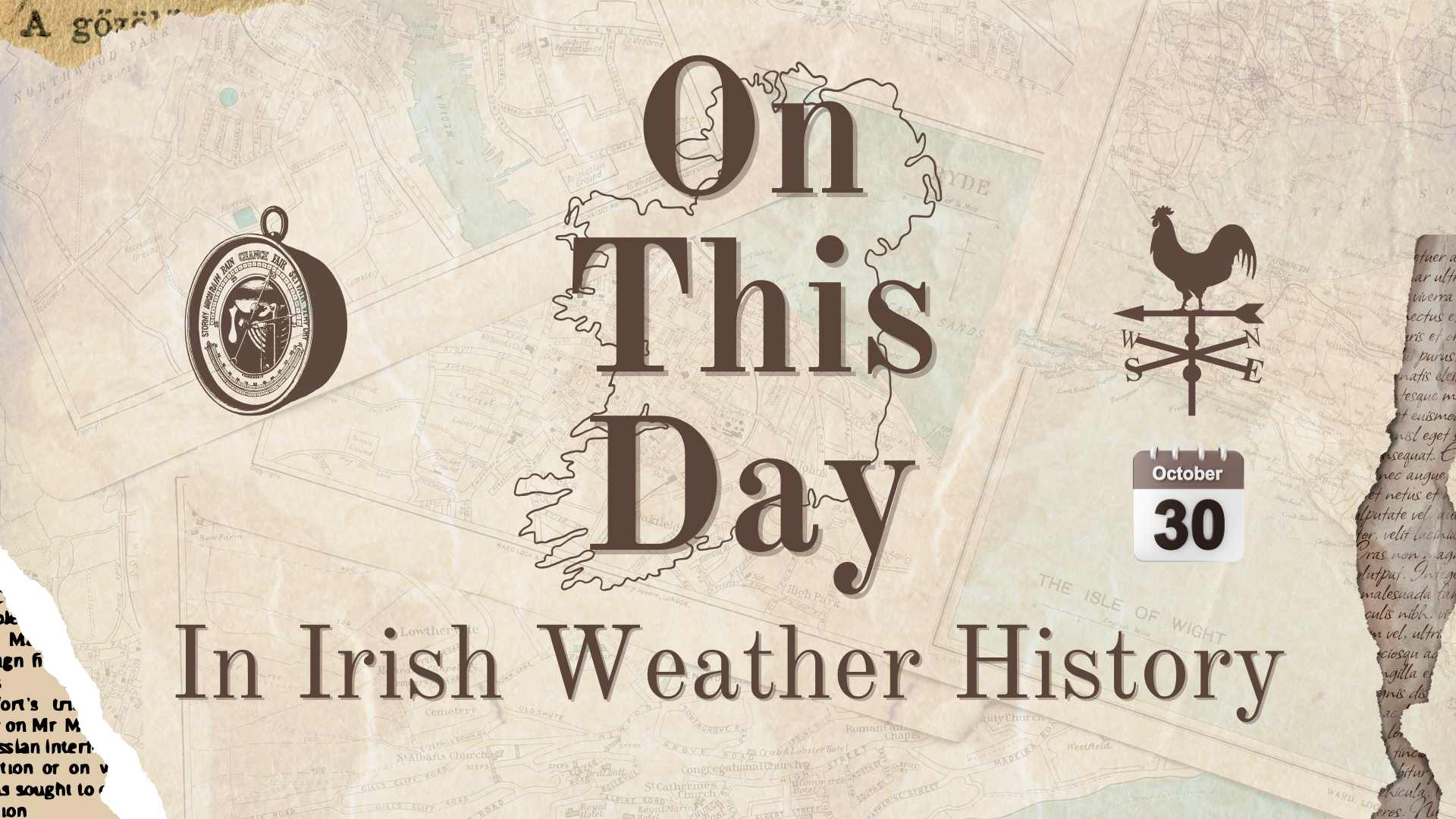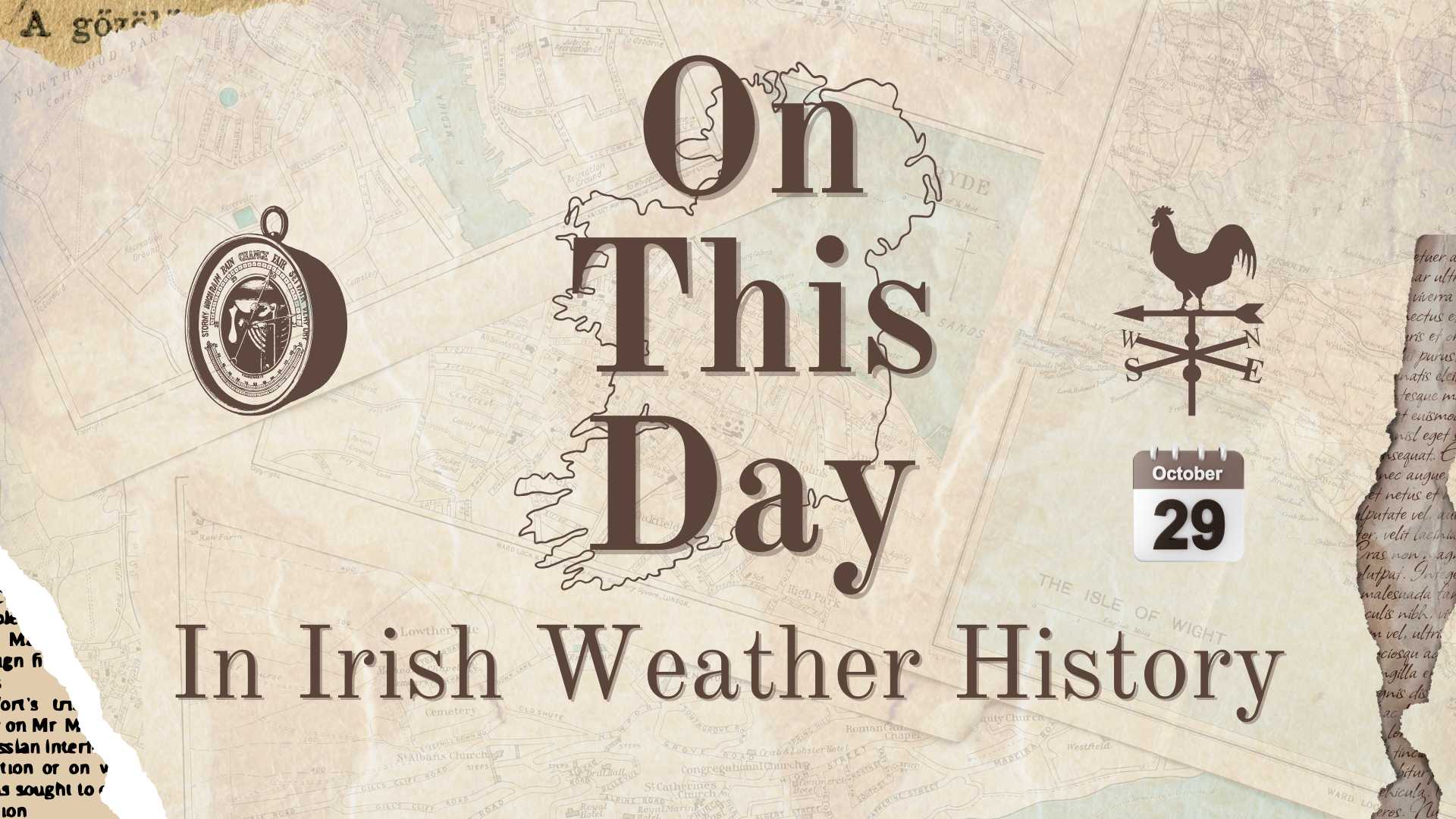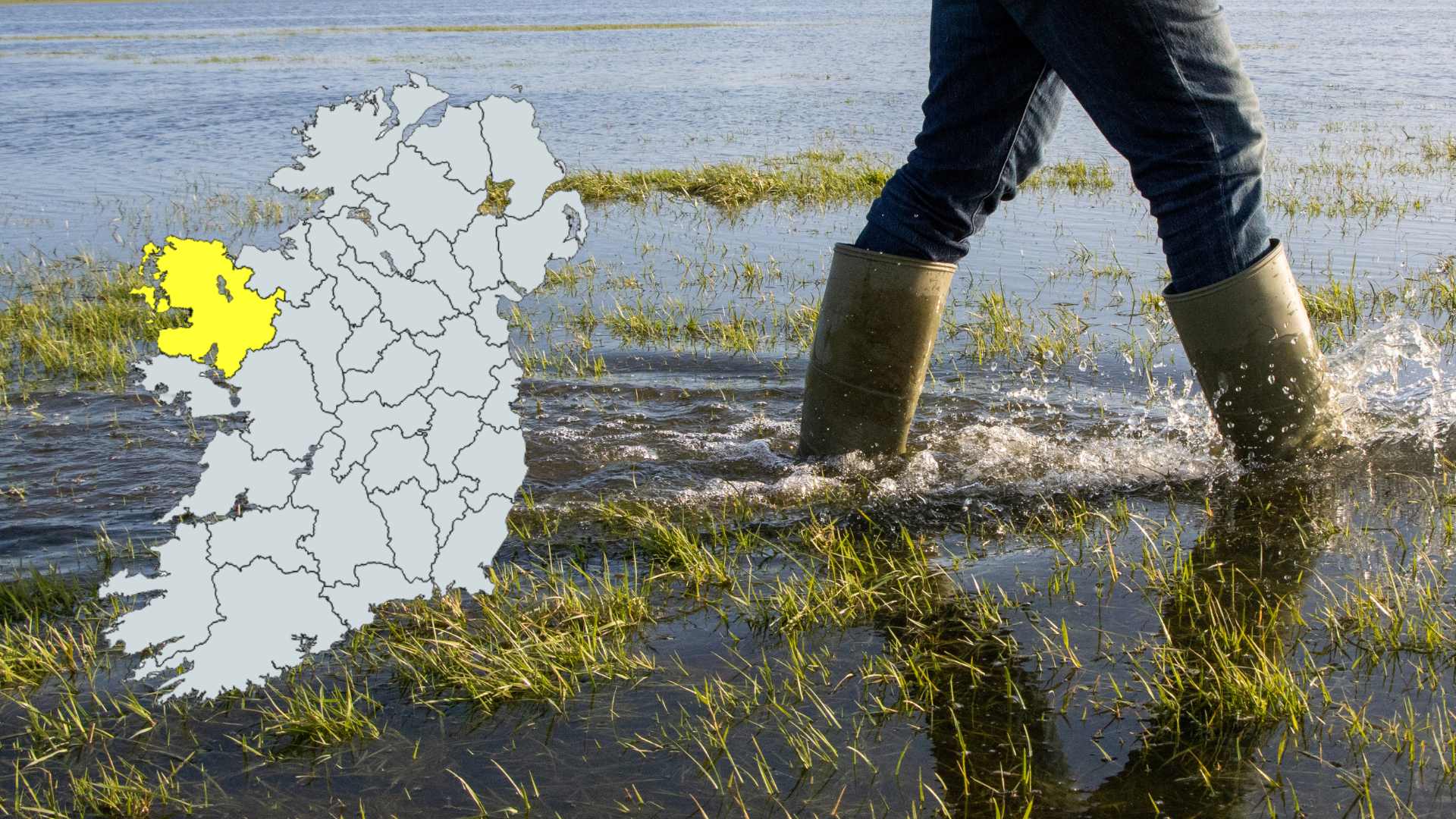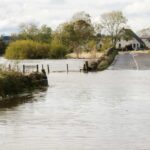
On This Day (8 June) in Irish Weather History
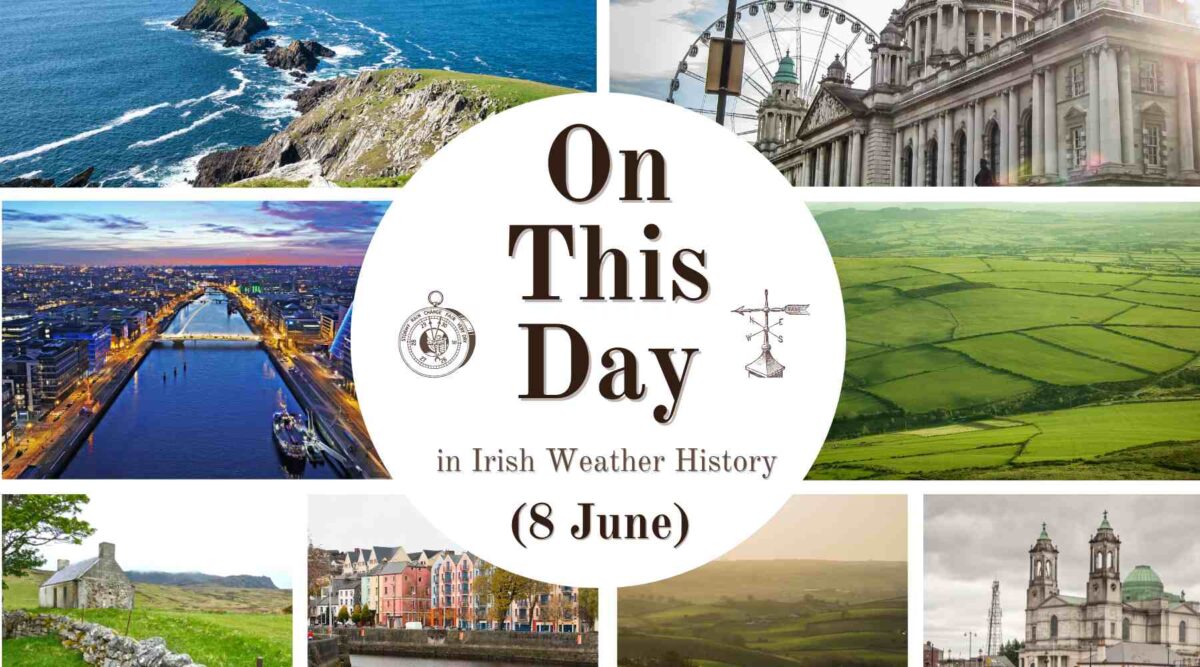
A chronological record of weather events and extremes that occurred in Ireland on June 8 throughout history.
1843: The record low mean sea level pressure reading for June (975.3 hPa) is recorded in Dublin (Phoenix Park).
1881: Warm and humid conditions prompt The Irish Times to report the nights “being marked by a stifling heat that was frequently distressing.”
1905: Temperatures reach the low to mid-20s across Ireland as high pressure draws in warm air. Thunderstorms break out across the south and east of Ireland.
1906: The Lusitania is launched in glorious weather. It is sunk by a German U-Boat nine years later off the Cork coast.
1916: The overnight temperature drops below freezing in the Midlands.
1934: The Department of Local Government urges water users to restrict usage due to ongoing dry weather conditions.
1946: Hotels across Ireland are booked out as fine weather arrives to mark the beginning of Whit Weekend.
1955: Significant flooding occurs in southern parts of Ireland, with reports of cattle killed and roads blocked by fallen trees as a result of persistent heavy rainfall.
1962: Water shortages arise in Dublin as ongoing dry weather leads to low reservoir levels.
1975: The temperature reaches 25°C at Birr, County Offaly, and Mullingar, County Westmeath.
1981: The temperature drops to -1°C at Birr.
2001: The temperature drops to freezing at Casement in Dublin.
2007: The temperature reaches 24.3°C at Claremorris, Mayo, and Clones, Monaghan.
2016: The highest temperature of the month (25.7°C) is recorded at Shannon Airport, County Clare.
2018: A large number of lightning strikes are reported as intense thunderstorm activity develops.
Share this WeathÉire story: